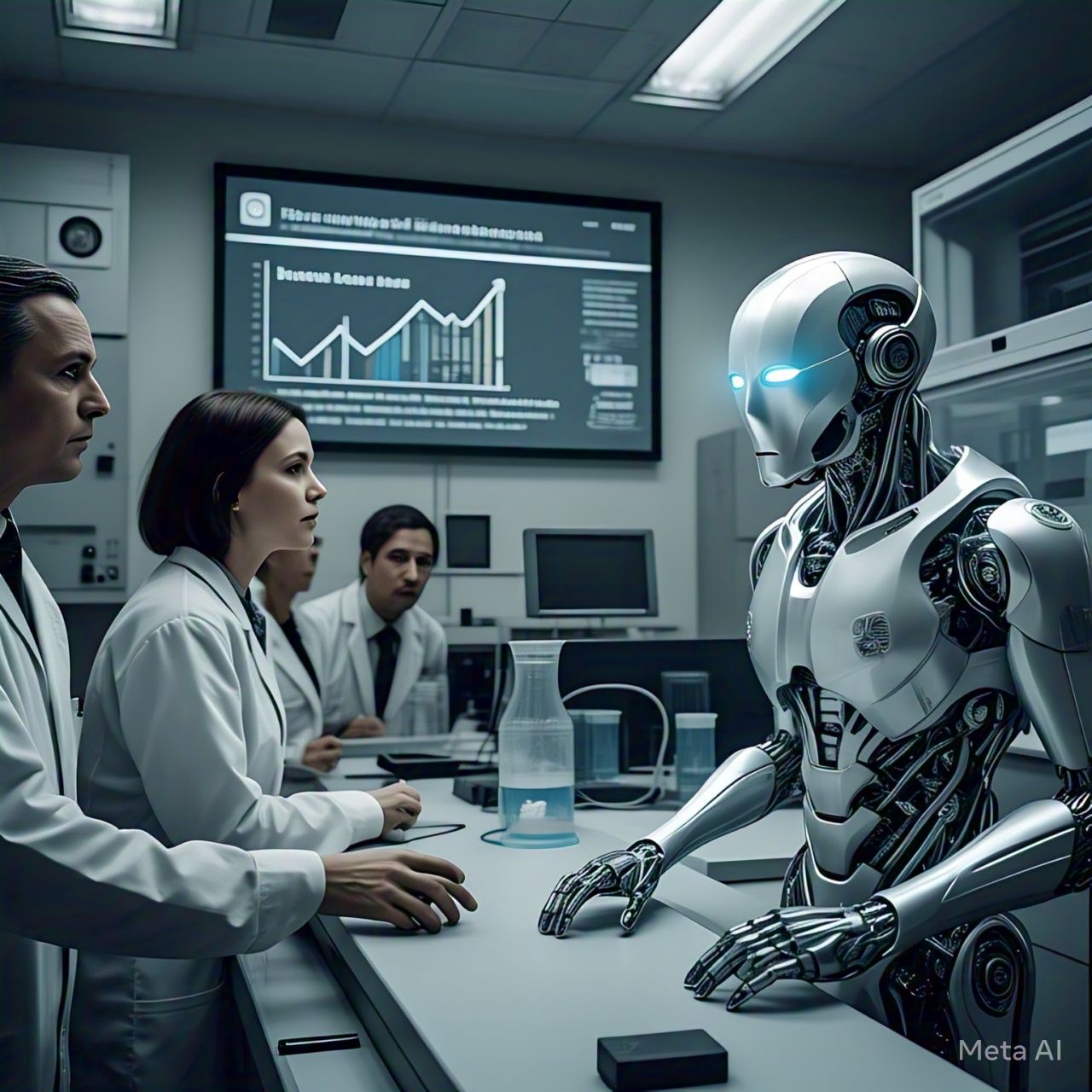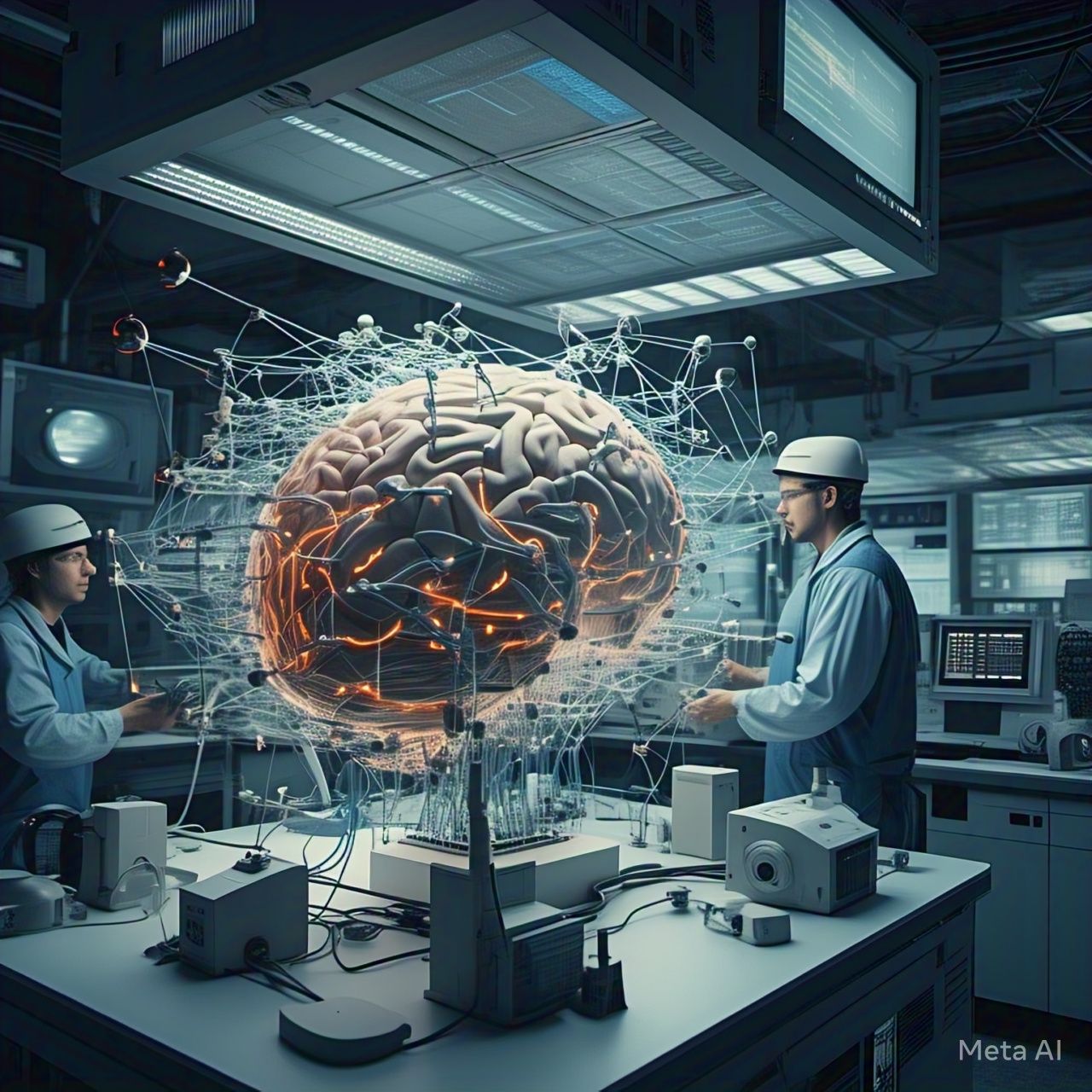Table of Contents
- Introduction
- Understanding AI and Moral Reasoning
- Can AI Develop a Conscience?
- Challenges in Teaching AI Morality
- Ethical AI Frameworks and Regulations
- Case Studies: AI and Moral Dilemmas
- Future of AI and Morality
- Conclusion
- FAQs
Introduction
As artificial intelligence (AI) becomes more integrated into our daily lives, questions about its moral reasoning and ethical decision-making arise. Can machines develop a conscience, or are they forever bound by human-programmed logic? This article explores the intersection of AI and morality, examining whether machines can ever possess ethical awareness and the challenges involved in programming morality into AI.
Understanding AI and Moral Reasoning
AI is designed to process data, recognize patterns, and make decisions based on pre-defined algorithms. While AI can analyze ethical scenarios, it lacks emotions, intuition, and self-awareness—qualities essential to human morality.
Table: Key Differences Between Human Morality and AI Ethics
| Feature | Human Morality | AI Ethics |
|---|---|---|
| Basis | Emotions, culture, personal beliefs | Pre-programmed algorithms and data |
| Decision-making | Contextual, adaptable | Rule-based, data-driven |
| Self-awareness | Yes | No |
| Ability to Change | Evolves with experience | Requires external updates |
| Ethical Responsibility | Personal and societal accountability | Programmed responsibility |
Can AI Develop a Conscience?
A conscience is an internalized moral compass that guides behavior based on ethics and emotions. AI lacks emotions and personal experiences, making it incapable of developing a true conscience. However, AI can simulate ethical decision-making through advanced algorithms and deep learning.
Approaches to AI Ethics
- Rule-Based Ethics – AI follows programmed ethical guidelines (e.g., Asimov’s Three Laws of Robotics).
- Machine Learning Ethics – AI learns from data but may inherit biases.
- Value Alignment – AI aligns its goals with human values, ensuring ethical behavior.
- Reinforcement Learning – AI adjusts behavior based on feedback and consequences.
Challenges in Teaching AI Morality
Creating a moral AI involves complex challenges:
1. Lack of Subjectivity
Morality is subjective, varying across cultures and individuals. AI cannot inherently understand moral nuance.
2. Bias in Data
AI learns from human-generated data, which may include biases that affect ethical decision-making.
3. Conflict of Ethical Principles
AI may struggle when faced with moral dilemmas requiring balancing conflicting values.
4. No Self-Awareness
A conscience requires self-awareness, an attribute AI does not possess.
Ethical AI Frameworks and Regulations
To ensure AI operates ethically, organizations and governments have developed frameworks and regulations:
- European Union’s AI Act – Establishes guidelines for AI transparency and ethics.
- IEEE Ethically Aligned Design – A set of standards ensuring AI aligns with human values.
- U.S. AI Bill of Rights – Focuses on privacy, fairness, and accountability in AI systems.
- Asimov’s Three Laws of Robotics – Fictional but influential principles on AI behavior.
AI Safety Mechanisms
- Human Oversight – AI decisions should be monitored and adjustable.
- Explainability – AI systems must provide transparent reasoning for decisions.
- Bias Detection – Continuous evaluation of AI’s ethical behavior.
Case Studies: AI and Moral Dilemmas
1. Self-Driving Cars and the Trolley Problem
Self-driving cars must make split-second ethical decisions. Should they prioritize passenger safety over pedestrian lives? This moral dilemma remains unresolved in AI ethics.
2. AI in Criminal Justice
AI tools like COMPAS have shown racial biases in predicting recidivism rates, highlighting the ethical challenges in using AI for justice decisions.
3. Healthcare AI Decisions
AI is used in diagnosing diseases and recommending treatments, but ethical concerns arise when determining who receives life-saving resources.
Future of AI and Morality
Can AI Ever Truly Be Moral?
While AI can mimic moral reasoning, it lacks genuine moral awareness. Future developments may bring:
- Enhanced Value Alignment – AI aligning more closely with ethical human values.
- AI Moral Training Models – Improved ethical training datasets.
- Neurosymbolic AI – Combining logic-based reasoning with neural networks to enhance ethical decision-making.
Conclusion
AI cannot develop a true conscience, but it can be programmed to follow ethical guidelines. As AI advances, ensuring moral responsibility through regulations and transparent decision-making will be essential. The future of AI and morality will depend on how effectively we balance technological advancement with ethical considerations.
FAQs
1. Can AI understand morality?
AI can analyze ethical principles but lacks true understanding, emotions, and self-awareness.
2. Can AI replace human ethical decision-making?
No, AI can assist but lacks the ability to fully grasp moral complexities like humans do.
3. How can AI ethics be improved?
By ensuring transparency, eliminating biases in training data, and incorporating ethical oversight.
4. Will AI ever develop emotions?
Current AI lacks emotions, but future research may explore artificial emotional intelligence.
5. What are the biggest risks of AI in morality?
Bias, lack of transparency, and the potential for unethical decision-making without proper oversight.




